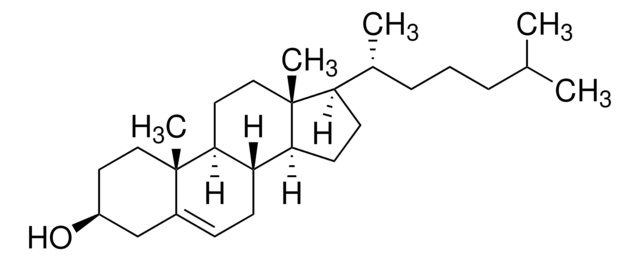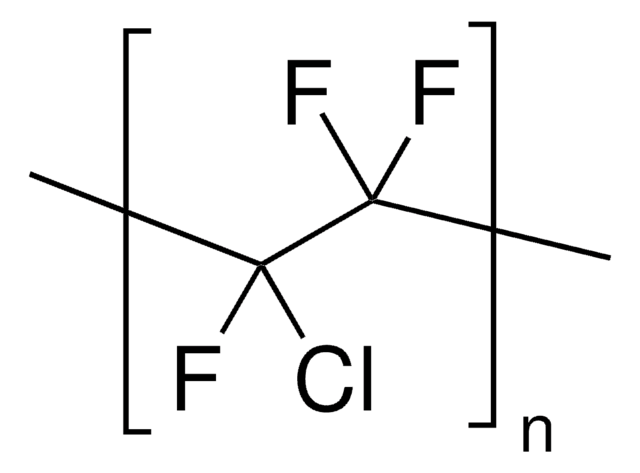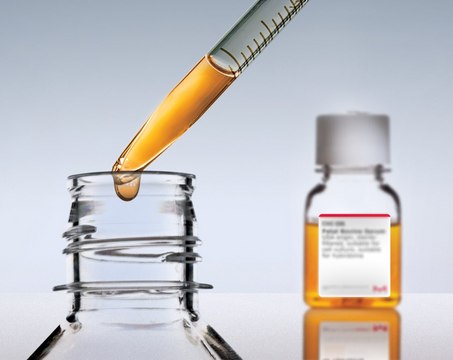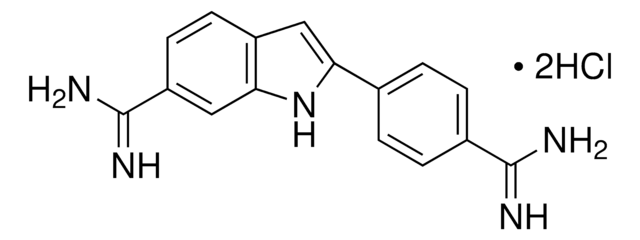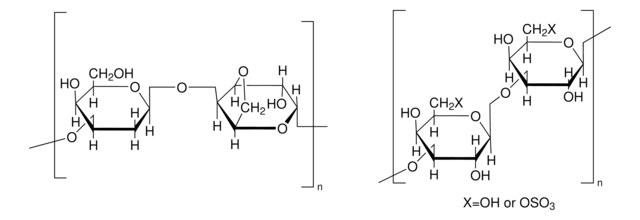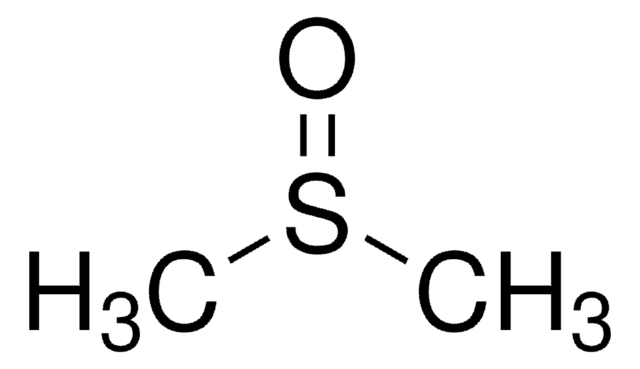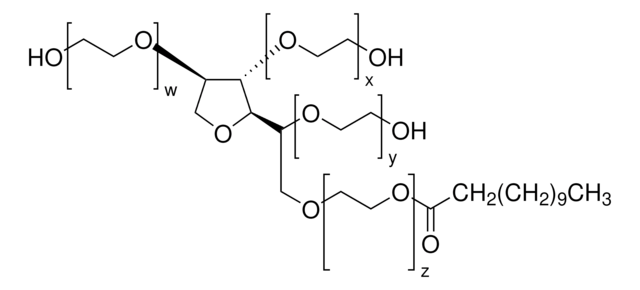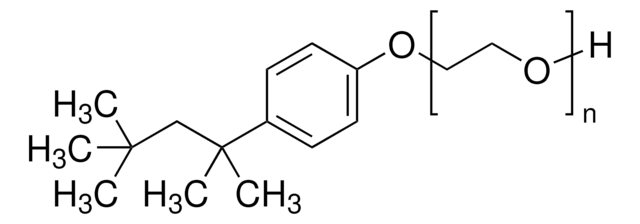H8898
Halocarbon oil 700
Synonym(s):
Chlorotrifluoroethene homopolymer
Sign Into View Organizational & Contract Pricing
All Photos(2)
About This Item
CAS Number:
MDL number:
UNSPSC Code:
12162002
PubChem Substance ID:
NACRES:
NA.75
Recommended Products
form
liquid
Quality Level
SMILES string
FC(=C(F)Cl)F
InChI
1S/C2ClF3/c3-1(4)2(5)6
InChI key
UUAGAQFQZIEFAH-UHFFFAOYSA-N
General description
Halocarbon oil 700 is used for mounting worms on agarose pads. It facilitates movement of worms for microscopic view. The halocarbon acts as a source of oxygen and blocks desiccation during optical digital embryo sampling.
Application
Halocarbon oil 700 has been used:
- to facilitate piercing of vitelline membranes with a glass capillary to make small holes on spider embryos
- in microinjection procedure to track the vesicular stomatitis virus infection in Caenorhabditis elegans
- for live imaging of embryo sample using Zeiss LSM710 confocal system
Storage Class Code
10 - Combustible liquids
WGK
WGK 3
Flash Point(F)
Not applicable
Flash Point(C)
Not applicable
Choose from one of the most recent versions:
Already Own This Product?
Find documentation for the products that you have recently purchased in the Document Library.
Drosophila melanogaster: Practical Uses in Cell and Molecular Biology, 514-514 (1995)
C. elegans: A Practical Approach, 81-81 (1999)
Lunhao Chen et al.
Frontiers in neuroscience, 12, 324-324 (2018-06-06)
Here we described an experimental protocol for in vivo imaging of macropinocytosis and subsequent intracellular events. By microinjection, we delivered fluorescence dextrans together with or without ATPγS into transparent Drosophila melanogaster embryos. Using a confocal microscope for live imaging, we
André Ferreira Castro et al.
eLife, 9 (2020-11-27)
Class I ventral posterior dendritic arborisation (c1vpda) proprioceptive sensory neurons respond to contractions in the Drosophila larval body wall during crawling. Their dendritic branches run along the direction of contraction, possibly a functional requirement to maximise membrane curvature during crawling
Amrita Ray Chaudhury et al.
Lab on a chip, 17(13), 2303-2322 (2017-06-15)
We present a microfluidic chip for immobilizing Drosophila melanogaster larvae for high resolution in vivo imaging. The chip creates a low-temperature micro-environment that anaesthetizes and immobilizes the larva in under 3 minutes. We characterized the temperature distribution within the chip
Our team of scientists has experience in all areas of research including Life Science, Material Science, Chemical Synthesis, Chromatography, Analytical and many others.
Contact Technical Service